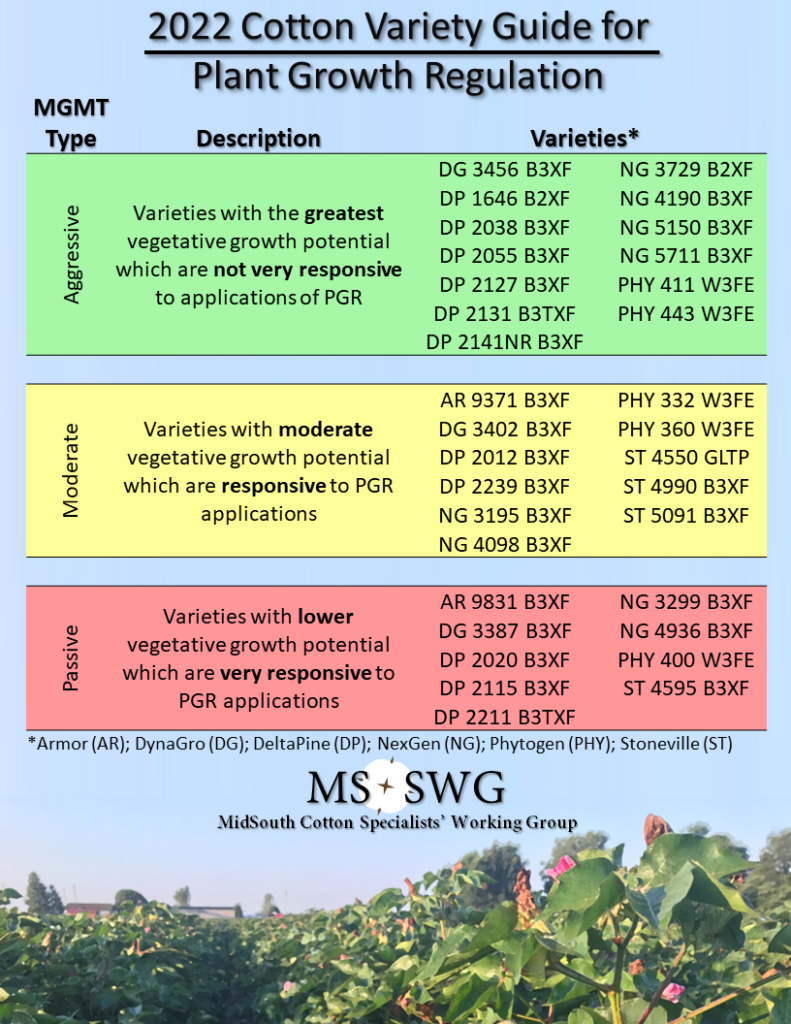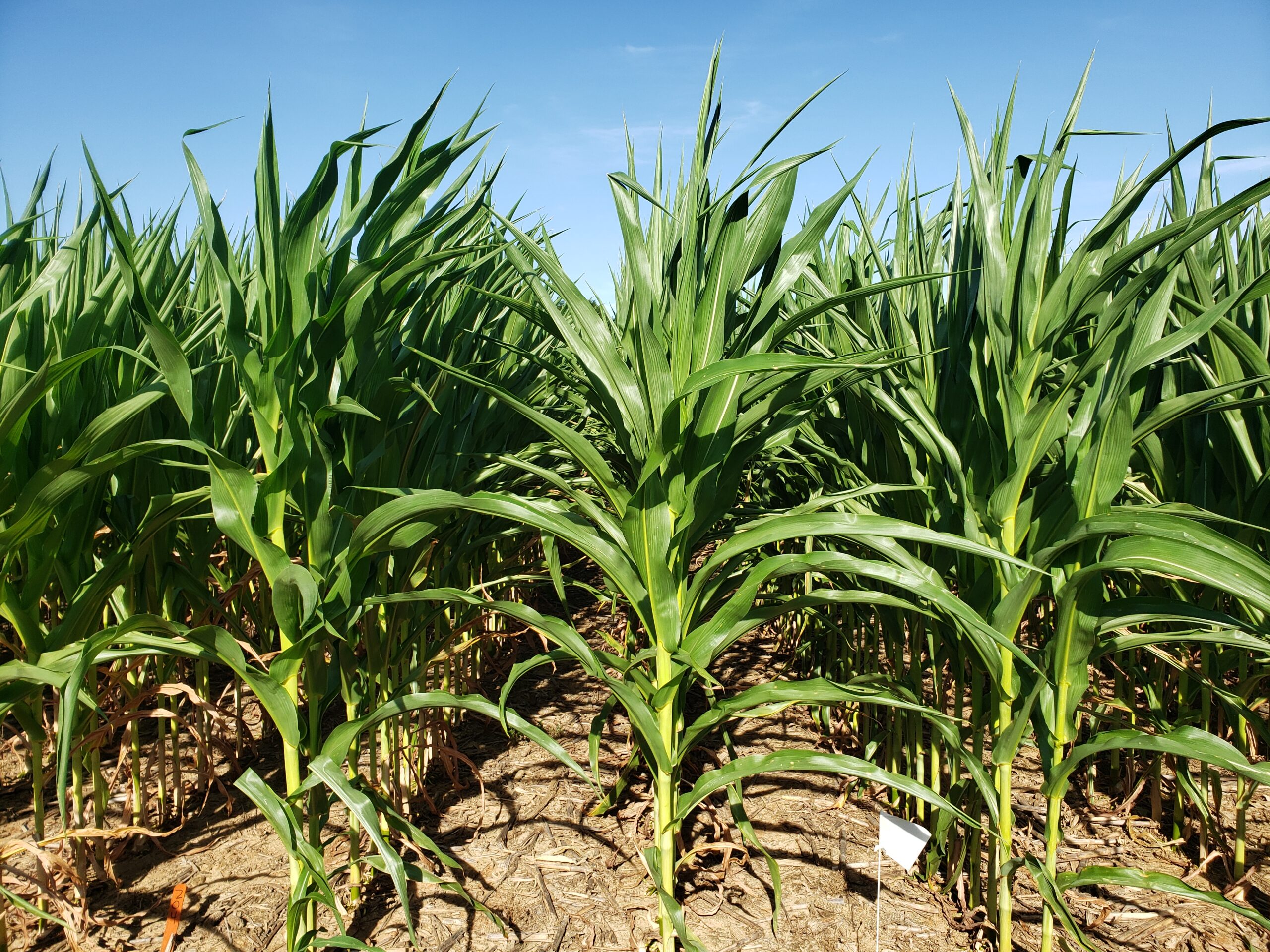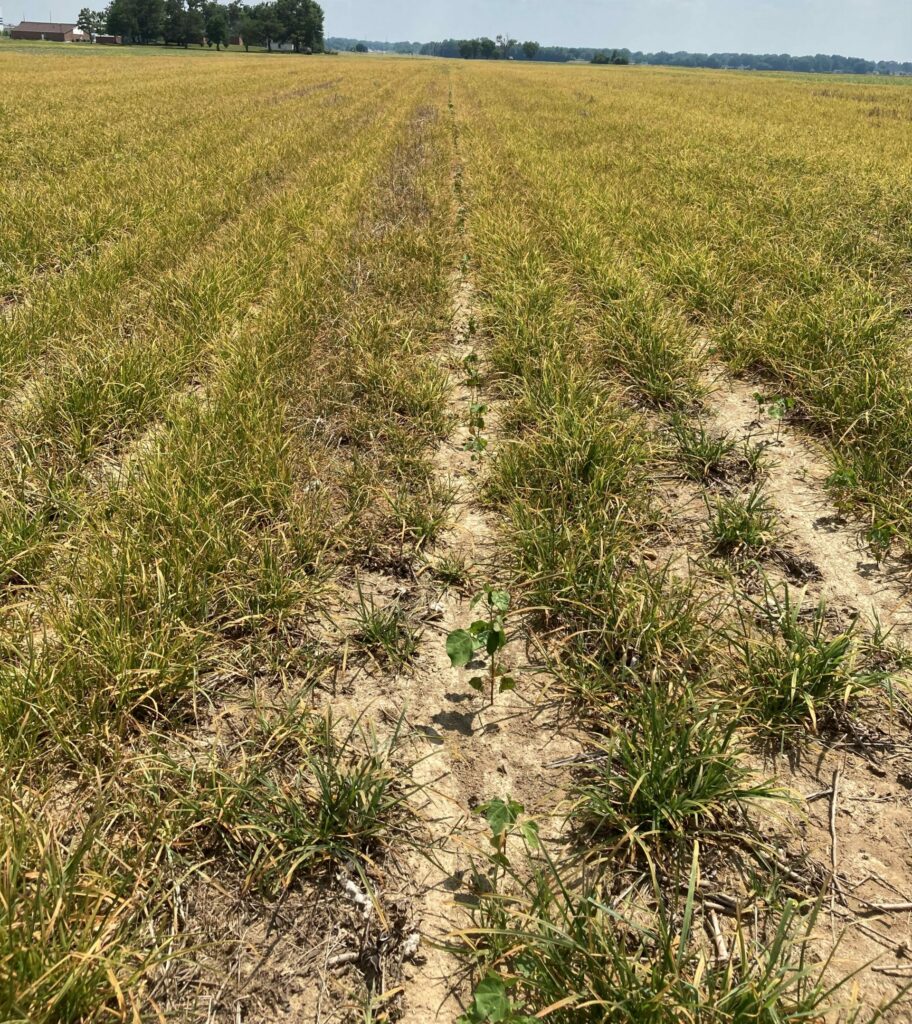I’ve received several phone calls about spider mites increasing in cotton around West Tennessee. Spider mites favor hot, dry weather and will often become an issue after plant bug applications are initiated. UT recommends treatment when 30-50% of plants are showing signs of injury and spider mites are still present. This may be too aggressive under low stress conditions, but most of the crop is currently under substantial heat and drought stress. Treatment options are fairly limited and most are mite specific. Abamectin based products are typically the first option because they are economical and effective. There are a couple different formulations of abamectin that are different lb/ai per gallon products. Below is a rate conversion of 0.15 lb ai/gallon formulations (Willowood Abamectin 0.15 EC, etc) to 0.7 lb ai/gallon formulations (Agri-mek SC 0.7, Willowood 0.7 SC, etc).
5.0 fl oz/a = 1.0 fl oz/a
7.0 fl oz/a = 1.5 fl oz/a
8.0 fl oz/a =1.75 fl oz/a
10.0 fl oz/a = 2.0 fl oz/a
Abamectin rates below 7.0 fl oz/a or 1.5 fl oz/a should be avoided due to potential resistance issues and the increased likely hood of retreatment.
Other mite products such as etoxazole (Zeal, Stifle) are mite growth regulators that work very well but are more expensive and somewhat slower than traditional miticides. Fenpyroximate (Portal) is a contact miticide that has a shorter residual than abamectin or etoxazole but works very well. Bifenthrin alone is not an adequate miticide and should be avoided.
Products used for controlling plant bugs, bollworms and stink bugs (OPs, pyrethroids) exacerbate mite populations and their use, especially during hot dry conditions, should be delayed until after bloom if possible. Mite populations can rebound quickly after miticide applications so diligent scouting is critical to slowing the spread of mites across a field.
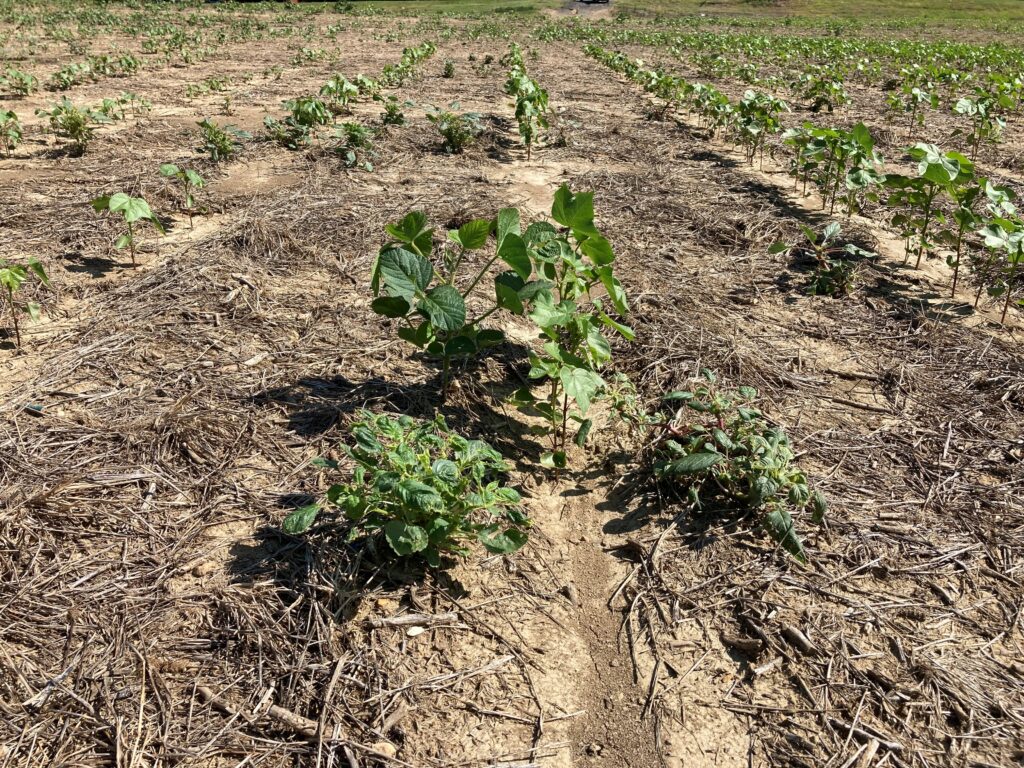


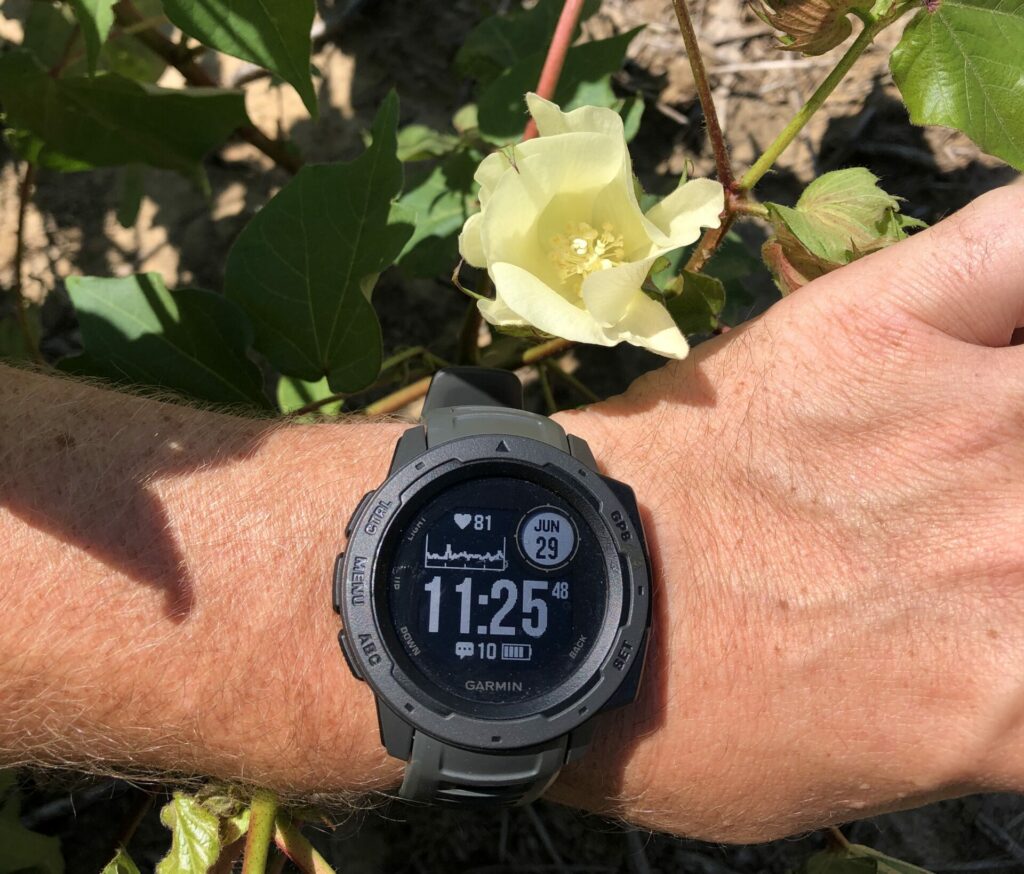 More times than not, when a cotton planter left a TN field in 2022, a thunderstorm bringing ~2″ of rain and cool weather would arrive 3 days later. I’ve walked more replants this year than ever before and unfortunately the old saying ‘if you are on the fence, keep it’ rarely applied; in many fields, we weren’t anywhere near the metaphorical fence. Still, Tennessee’s ragged cotton crop has generally turned the corner and mid and late June have been cotton weather; our earliest cotton reached early bloom well prior-to the 4th. In this blog, I cover a few things to keep in mind as we begin to apply PGRs to more acres and look to push a few slower farms into ‘taking off’.
More times than not, when a cotton planter left a TN field in 2022, a thunderstorm bringing ~2″ of rain and cool weather would arrive 3 days later. I’ve walked more replants this year than ever before and unfortunately the old saying ‘if you are on the fence, keep it’ rarely applied; in many fields, we weren’t anywhere near the metaphorical fence. Still, Tennessee’s ragged cotton crop has generally turned the corner and mid and late June have been cotton weather; our earliest cotton reached early bloom well prior-to the 4th. In this blog, I cover a few things to keep in mind as we begin to apply PGRs to more acres and look to push a few slower farms into ‘taking off’.